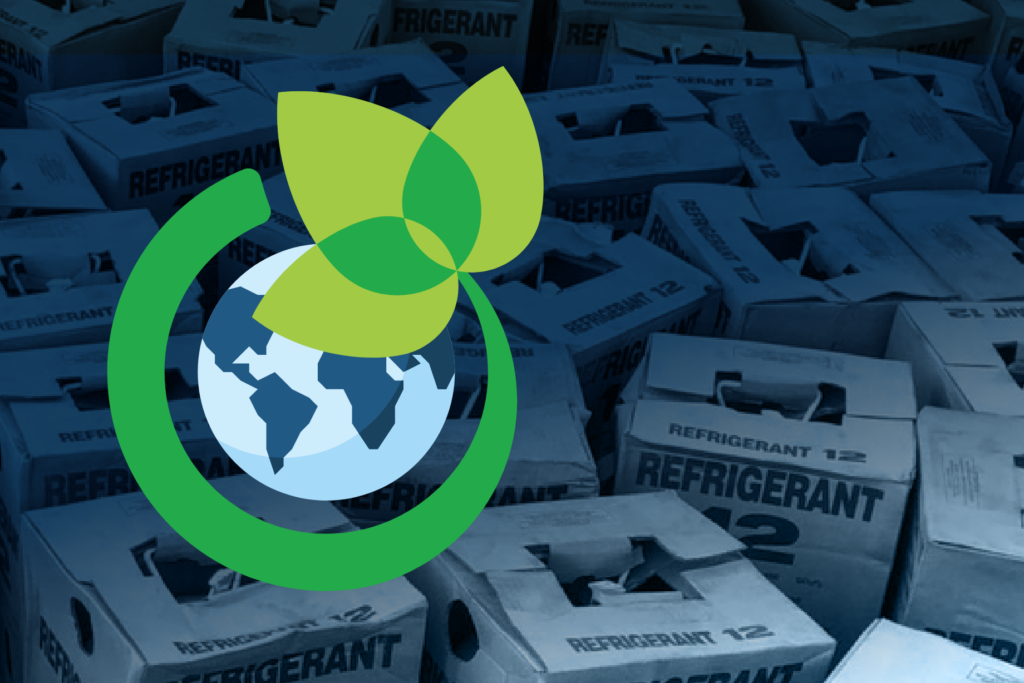November 1, 2021
Meet Tradewater, Our First Carbon Credit Partner
Achieving carbon neutrality has become an imperative for many enterprises. Once the commitment to net zero is made, the hard work begins: organizations need to assess their carbon footprint, reduce emissions, and offset anything that can’t be decarbonized.
For most organizations, carbon offset credits will be an important part of the journey to better sustainability. That’s why the Requis platform now offers high-quality, independently verified carbon credits from initiatives that reduce greenhouse gases in the atmosphere.
While we are first and foremost a supply chain management platform, part of the vision for Requis is to become a powerful enabler for organizations who want to make the transition to carbon neutrality.
Sustainability has always been a part of our DNA. From day one Requis has empowered the circular economy with our Marketplace, which allows companies to purchase surplus and used equipment instead of new. With the introduction of carbon credit purchasing to the platform, we’re doubling down on sustainability—and inviting our members to join.

High-Quality Carbon Offset Credits from Tradewater
Our first carbon credit partner is Tradewater, a US-based organization that collects and destroys refrigerant gases before they can harm the atmosphere. As of 2021, Tradewater has destroyed over 5.1M Metric tons of carbon dioxide equivalent (Mt CO2 eq) in the US, Latin America, and Africa. That’s equivalent to eliminating the impact of 11.8 million barrels of oil.
Tradewater’s work eliminates harmful gases permanently through incineration in highly regulated facilities. After incineration, over 99.99% of the refrigerants are destroyed.
When Requis platform users buy carbon offset credits, those funds support the work of acquiring and destroying these refrigerants; work that would not otherwise happen in the absence of this market.
Depending on the project, independent review and certification is provided by either the American Carbon Registry or VERRA, both globally recognized as standard authorities and administrative bodies for this work.
The permanence of refrigerant destruction, its additional nature in going beyond what could be done without a carbon market, and the ability to quantify and verify the environmental impact make Tradewater’s carbon credits among the highest-quality available for purchase.
Is the work impactful? Non-profit Project Drawdown ranked the destruction of refrigerants at the top of its list of the one hundred most effective climate solutions.
How Refrigerants Contribute to Climate Change
When most people think of greenhouse gases, they think of carbon dioxide or perhaps methane from livestock.
But waiting in rooftop chillers, storage yards, garages and drink machines around the world are over 9B metric tons of carbon dioxide equivalent (Mt CO2 eq)¹ of chlorofluorocarbon (CFC) refrigerant gas.
Because most of these gases sit in the lower atmosphere for more than 100 years⁴ before they start to break down, they trap heat that leads to climate change. CFC-12, also known as Freon, is over 10,000 times more potent as a greenhouse gas (GHG) than CO2, but also of concern are the older HCFCs that replaced them, which are 1,000 to 9,000 times more potent than CO2.
Cylinders and cans of chlorofluorocarbons (CFCs) and hydrofluorocarbons (HCFCs), two of the most common types of refrigerants, constitute ticking time bombs that, if released, could collectively contribute more than the annual emissions of the entire United States³.
Compared to other greenhouse gases, CFCs and HCFCs are more infamous for also being considered ozone-depleting substances (ODS) which have a harmful effect on the ozone layer. This is why production of these gases was phased out by the Montreal Protocol in 1987.
While those accords were vital positive forward steps, no provision was made for their destruction at end of life, which can be expensive. As a result, the gases sit in containers that were not designed for long term storage, and as these containers rust or otherwise fail, the gases are released into the atmosphere—90% of refrigerant release happens at end of life.
Refrigerant gases, along with other substances classed as short-lived climate pollutants, could help avoid 0.6°C of global warming if destroyed. It’s Tradewater’s goal to destroy as much refrigerant as possible, in keeping with global guidance that we must limit global warming to 1.5°C to avoid catastrophic climate change.
Helping Businesses Transition to Sustainability
Requis started out as a platform designed to empower enterprises to buy, manage and sell their assets in one easy to use cloud-based system. We were always proud of the fact that our Marketplace empowers the circular economy, but now it’s time to do more. Helping businesses manage their carbon footprint on the same platform they use to manage their supply chains makes sense, because so much of our environmental impact happens through the global aggregate supply chain.
In other words, making it easier for enterprises who manage those supply chains to become more sustainable helps us all.
Interested in purchasing carbon offset credits from Tradewater? View them on the Requis platform >
Footnotes
- This estimate comes from an MIT study published in Nature.
- From https://www.epa.gov/ghgemissions/understanding-global-warming-potentials
- From the same MIT study: https://www.nature.com/articles/s41467-020-15162-7
- CFC-11 has a lifetime of 55 years, and CRF-12 has a lifetime of 140 years:
https://gml.noaa.gov/hats/publictn/elkins/cfcs.html#:~:text=The%20environmental%20concern%20for%20CFCs,and%20associated%20future%20ozone%20loss
